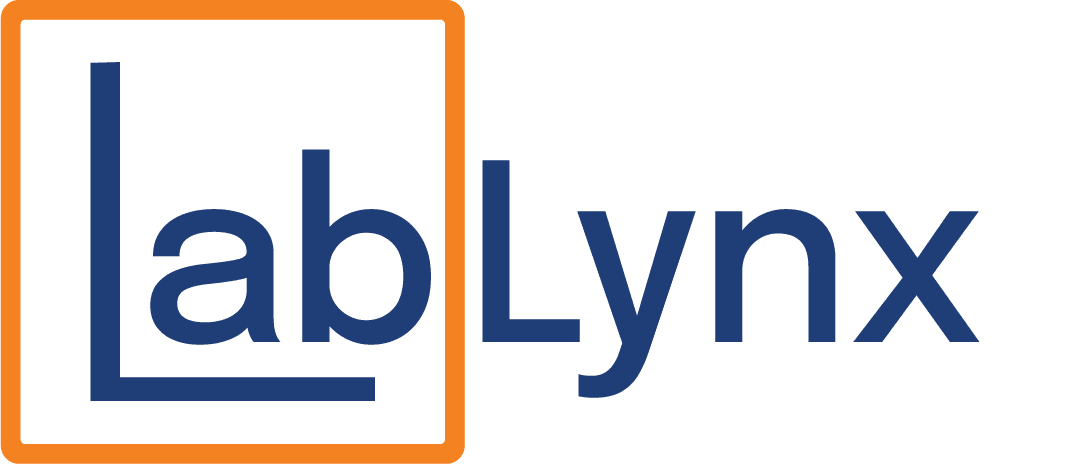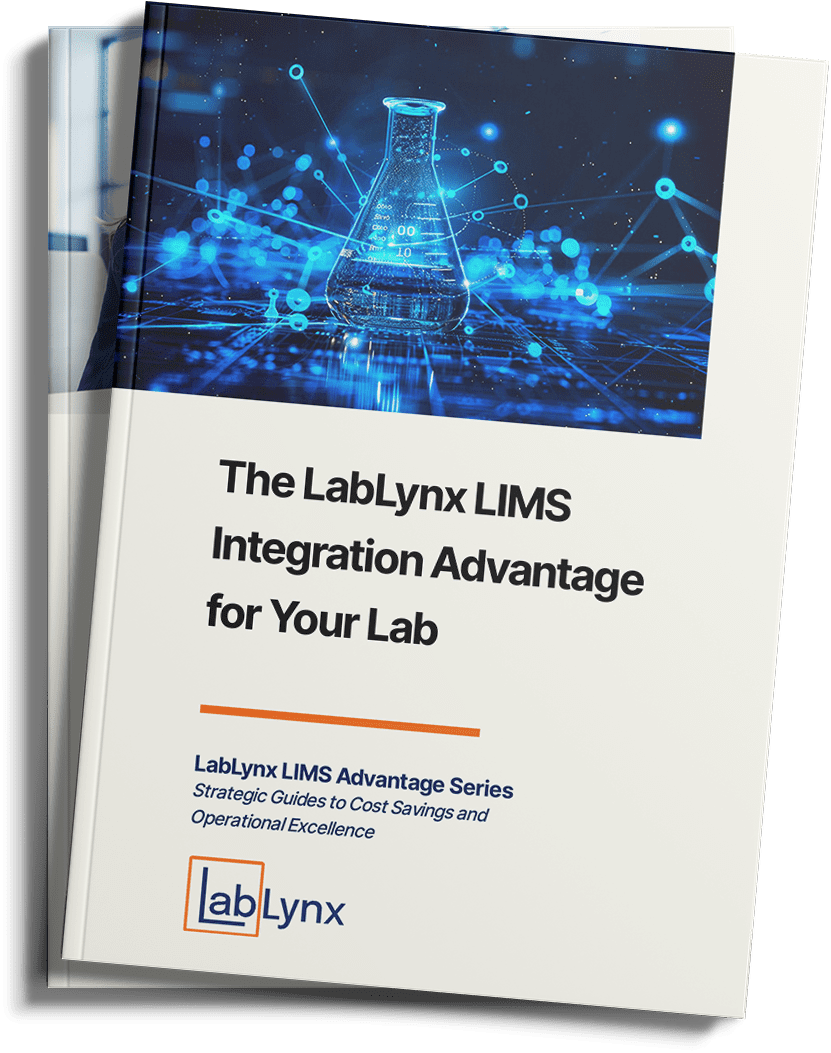Elevating Laboratory Insights: The Synergy of Data Mining and LIMS
In today’s data-driven scientific landscape, the integration of data mining techniques with Laboratory Information Management Systems (LIMS) has become a pivotal strategy for laboratories aiming to unlock deeper insights from their data. LabLynx, a leader in providing innovative LIMS solutions, is at the forefront of this integration, offering laboratories the tools they need to not only manage their data but to also transform it into actionable intelligence. This article explores the transformative role of data mining within LIMS and how LabLynx is pioneering this synergy to elevate laboratory data analytics to new heights.
The Essence of Data Mining in LIMS
Data mining, the process of analyzing large datasets to uncover hidden patterns, correlations, and trends, is revolutionizing the way laboratories process and interpret data. When integrated with LIMS, data mining enables laboratories to automatically extract valuable insights from their vast repositories of data, significantly enhancing decision-making processes and operational efficiency. This integration facilitates a more nuanced understanding of laboratory data, driving advancements in research and development, quality control, and diagnostic analysis.
Transformative Benefits of Data Mining in LIMS
- Enhanced Decision Making: By harnessing the power of data mining, LIMS can provide laboratory managers and researchers with predictive insights and data-driven recommendations. This empowers them to make more informed decisions, optimizing laboratory operations and improving research outcomes.
- Increased Operational Efficiency: Data mining algorithms can identify inefficiencies and bottlenecks in laboratory workflows, enabling laboratories to streamline operations, reduce costs, and increase throughput without compromising on quality or accuracy.
- Improved Quality Control: The ability of data mining to detect patterns and anomalies plays a crucial role in enhancing quality control processes. Integrated within LIMS, it can automate the detection of outliers or deviations in quality metrics, ensuring compliance with regulatory standards and improving overall product quality.
- Accelerated Innovation: The insights garnered from data mining can spur innovation by identifying new research opportunities, optimizing experimental designs, and facilitating the discovery of novel compounds or biomarkers.
LabLynx: Pioneering Data Mining Integration in LIMS
LabLynx is leading the charge in the integration of data mining capabilities into LIMS. Recognizing the immense potential of data mining to transform laboratory data into actionable insights, LabLynx’s LIMS solutions are designed with advanced data analytics features that support seamless data mining. These features include customizable reporting tools, advanced analytics algorithms, and integration capabilities with external data sources, all aimed at enhancing the LIMS’s ability to support comprehensive data analysis.
LabLynx’s commitment to leveraging data mining extends beyond software features. The company also emphasizes the importance of data governance and quality, ensuring that the data being mined is accurate, reliable, and relevant. This holistic approach to data mining integration underscores LabLynx’s dedication to providing laboratories with the tools they need to navigate the complexities of modern data analytics.
The integration of data mining with LIMS is setting a new standard for laboratory data management and analysis. By enabling laboratories to delve deeper into their data, this synergy unlocks new possibilities for innovation, efficiency, and quality improvement. LabLynx is at the vanguard of this integration, offering LIMS solutions that not only manage laboratory data but also transform it into a strategic asset. As laboratories continue to embrace the potential of data mining, the role of LIMS in facilitating this transformation will undoubtedly continue to grow. With LabLynx leading the way, the future of laboratory data analytics looks promising, promising a new era of insights and advancements.


